Simplebks
Product Designer
Auditor
UI explorer
Product tester
Anthony - Technical PM
Janet - Project manager
Francis - UX writer
Marlyne - PQA tester
Mar 2020 - Sep 2021
Culligan Water Softener Salt
For this project, the mission is to design and build out a feature that the Culligan customers anticipate - a flow that allows vendors and customers to experience convenience and water quality with their salt delivery
Which resulted into
235+
Users growth adoption
235+
Users growth adoption
235+
Users growth adoption
Embarking on the journey
Customers were constantly asking about salt delivery, and it was clear the market was moving in that direction. To address this need and capitalize on the trend, I spearheaded the project with Culligan.
Now we knew the demand for salt delivery, but to truly understand customer needs, we conducted moderated conversations. These revealed some key insights. One crucial finding was the importance of zip code locations in driving purchasing decisions. Notably, the absence of instructional information an unavailable zip code input field at checkout was creating major frustration
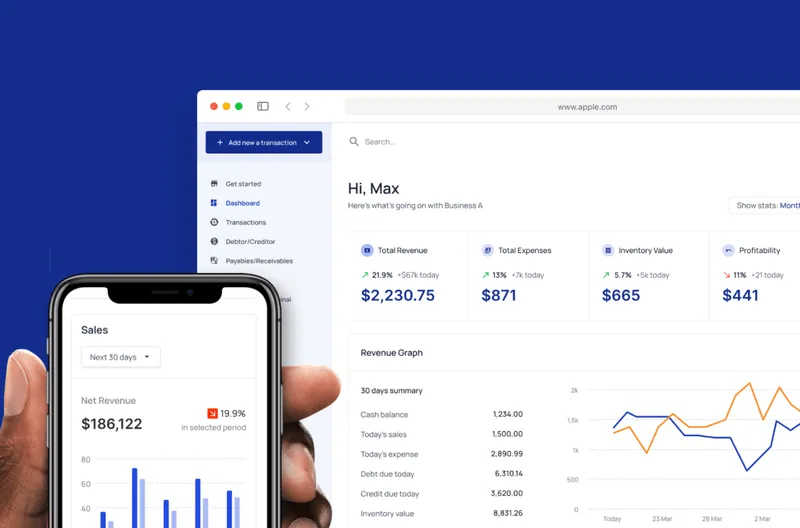
Culligan, a prominent US-based company, a renowned provider of cleaner, softer water solutions, embarked on a transformative project to introduce a salt delivery workflow, aimed at expanding its services and enhancing customer satisfaction. As the lead senior product designer, my role encompassed orchestrating the design efforts to ensure the seamless integration of the new workflow with Culligan's existing platform, while prioritizing user experience and efficiency.
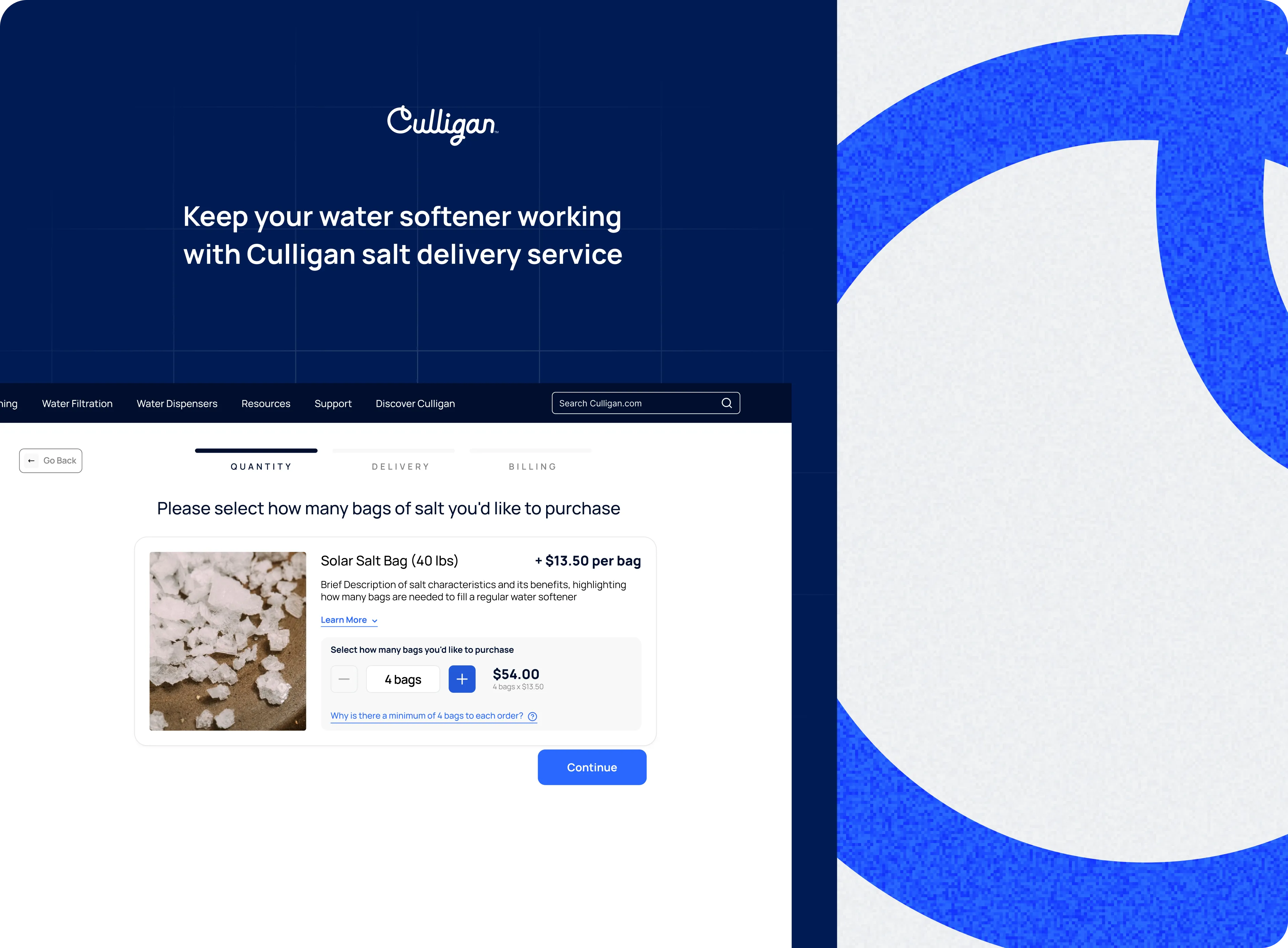
Insights showed from a different purchase flow (bottled water flow) that 20% of customers drop off because delivery takes too long
Bridging the Gap
Now we knew the demand for salt delivery, but to truly understand customer needs, we conducted moderated conversations. These revealed some key insights. One crucial finding was the importance of zip code locations in driving purchasing decisions. Notably, the absence of instructional information and unavailable zip codes at checkout were major creating major frustration

The goals vs the goalkeeper😉
Design a salt delivery workflow that allows customers to select their preferred salt type and input their zip code to receive delivery options closer to them, minimizing drop-offs and enhancing customer satisfaction.
Implement data collection mechanisms to track users whose packages couldn't be delivered, enabling informed business decisions and strategic planning for service expansion.
Maintain consistency with Culligan's brand guidelines and existing style guide, ensuring seamless integration with the company's website and visual identity.
Streamline the purchasing process by providing clear product differentiation through visual aids and intuitive navigation.
Collaborate with engineering teams to ensure technical feasibility and efficient implementation of the redesigned workflow within timeline constraints.
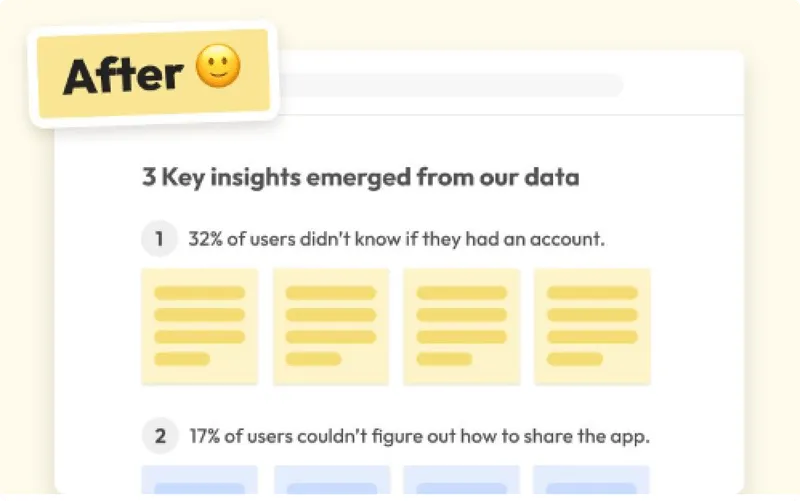
Collaborating closely with the client and product manager, insights were prioritized based on their potential impact and feasibility for implementation.
This ensured a focused approach to addressing critical pain points and enhancing the overall user experience.
Trusting the process
Leveraging insights from the existing purchase flow for bottled water, efforts were directed towards streamlining the salt delivery workflow. The Cognitive Load Theory guided decision-making, emphasizing simplicity and clarity to minimize user cognitive load.
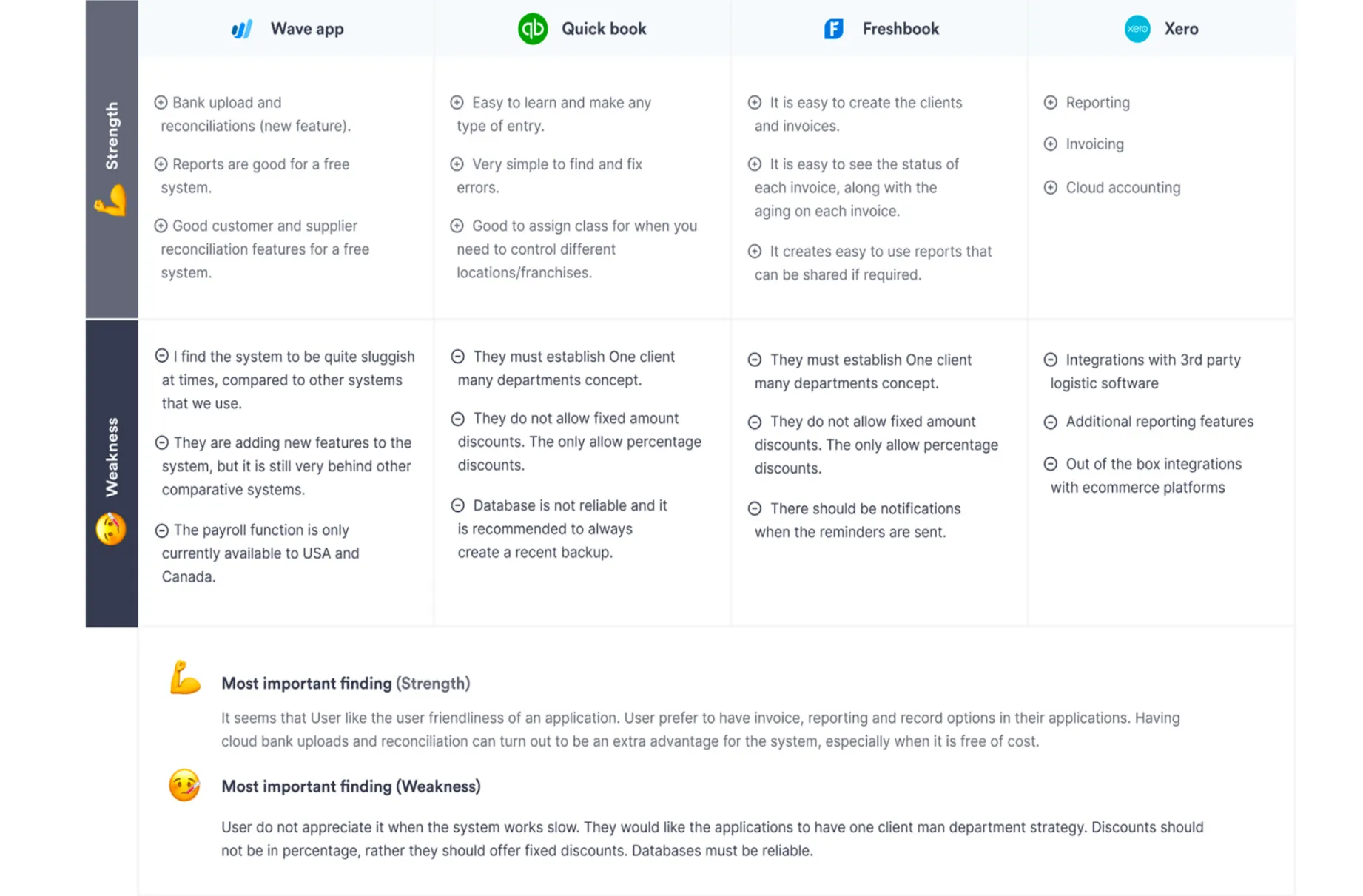
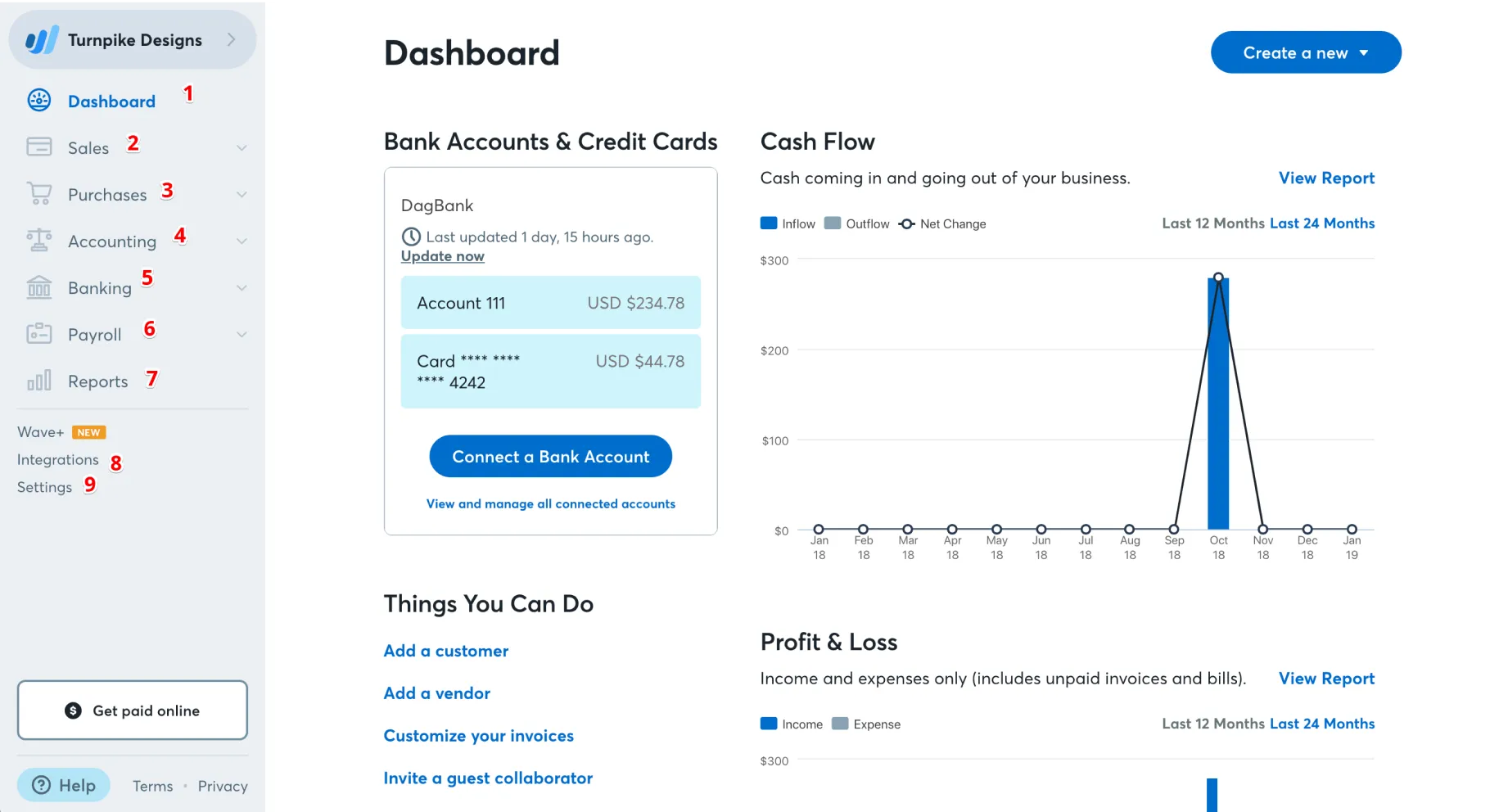
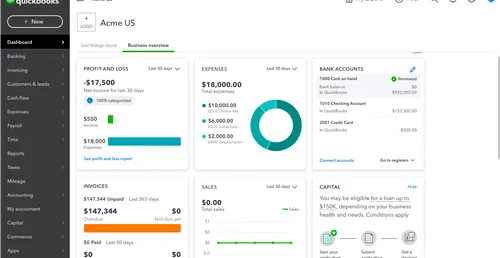
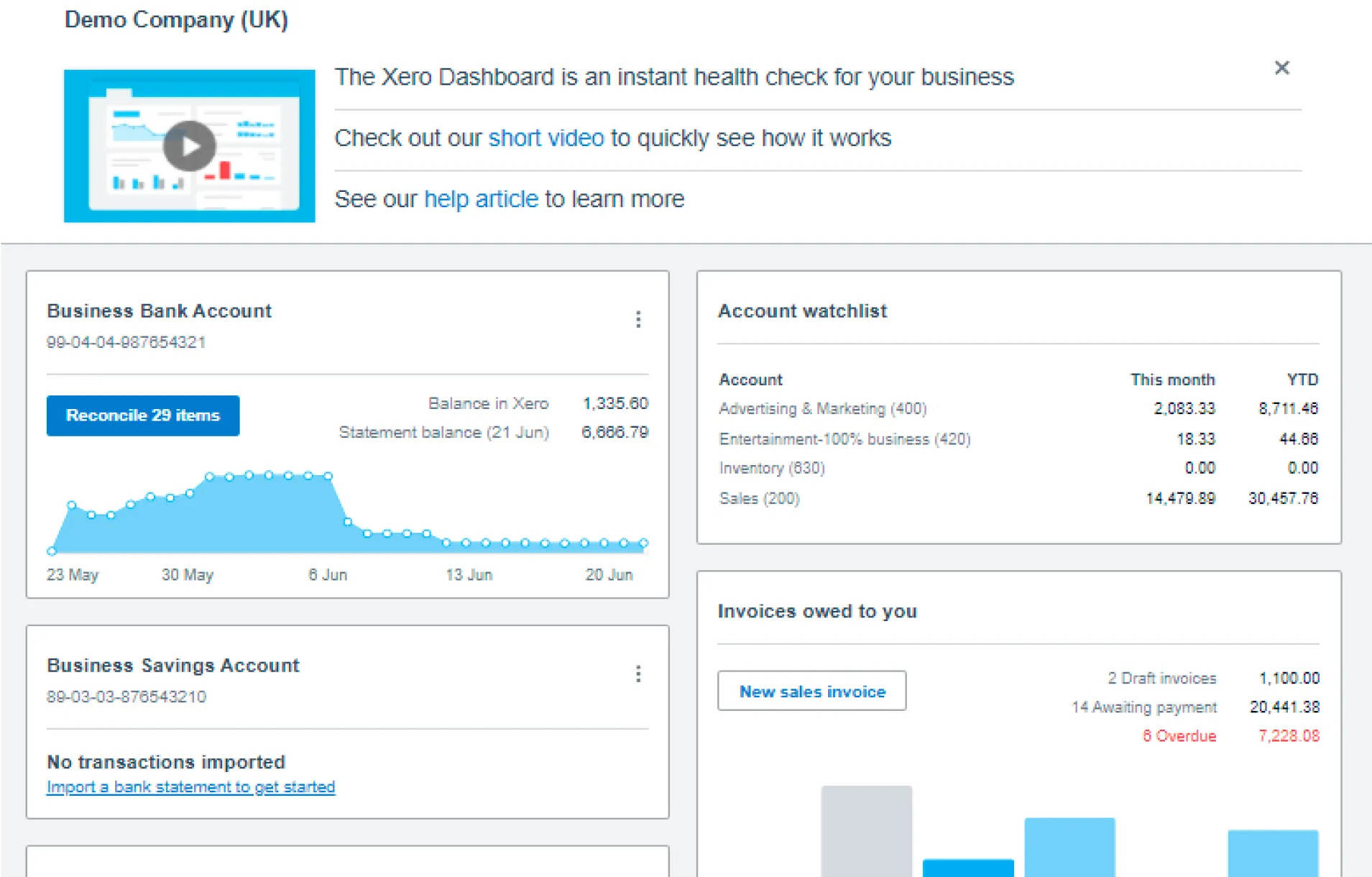
Although I was building the flow from scratch, I was working with the constraint of sticking to the culligans brand guide and exciting style guide that way we can ensure consistency with the new workflow to fit the Culligan website like a glove.To ensure sustainability I made sure to make design assets reusable and not stray from the Culligan's visual guide
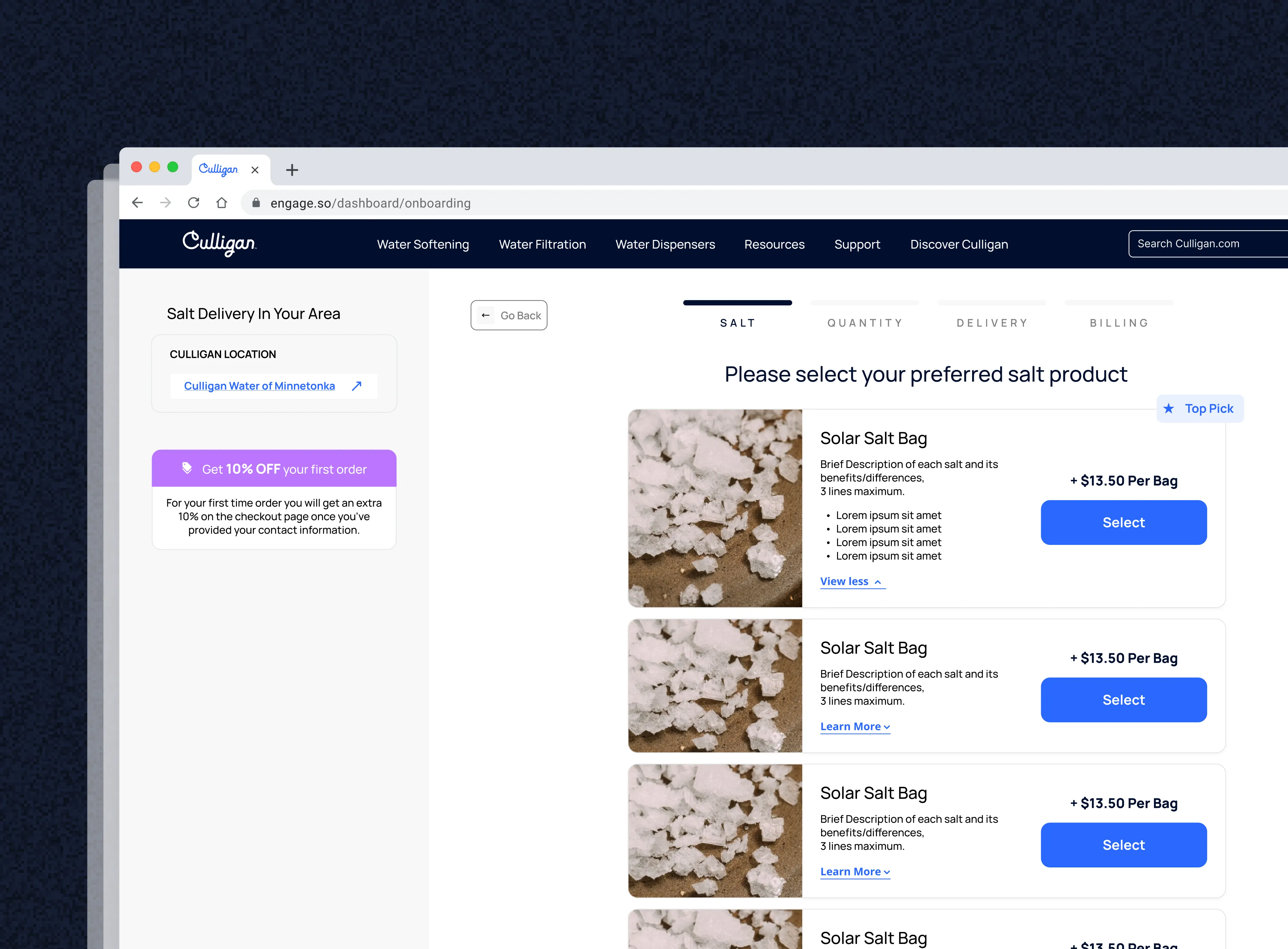
Smoother Salt Delivery Journey
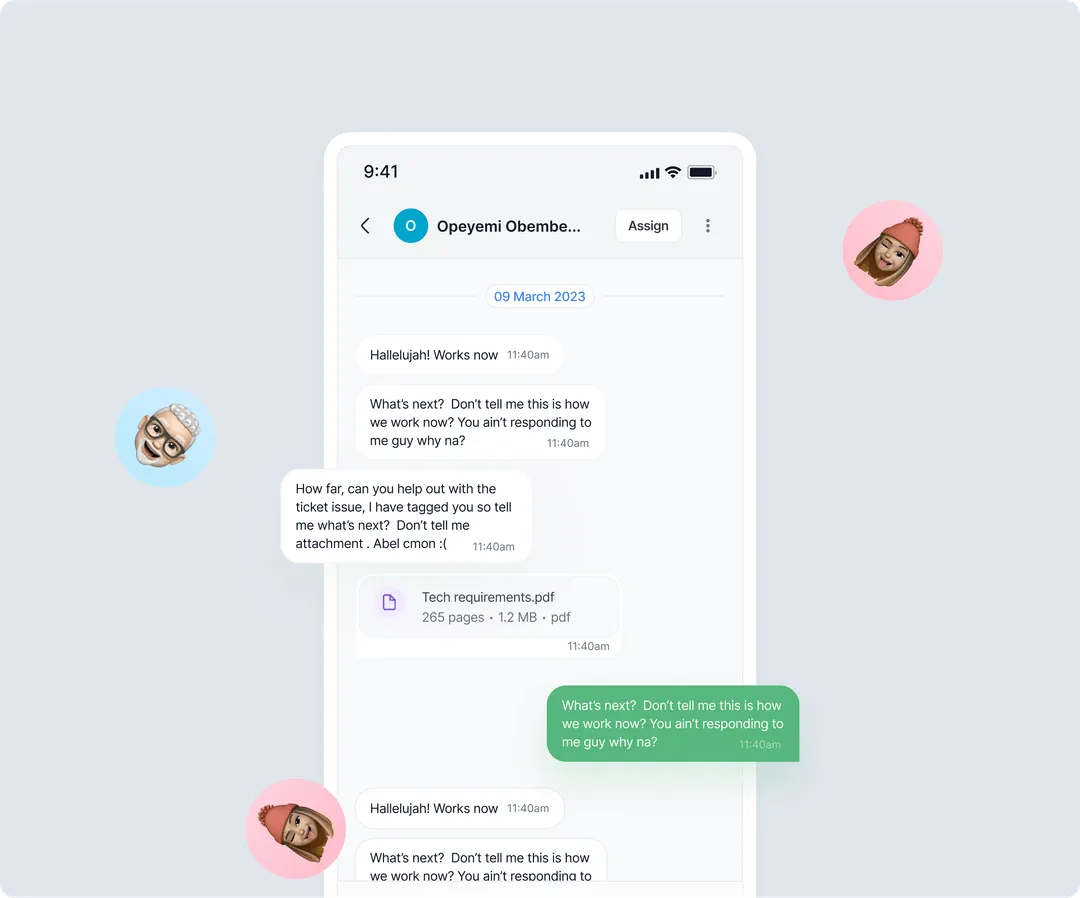
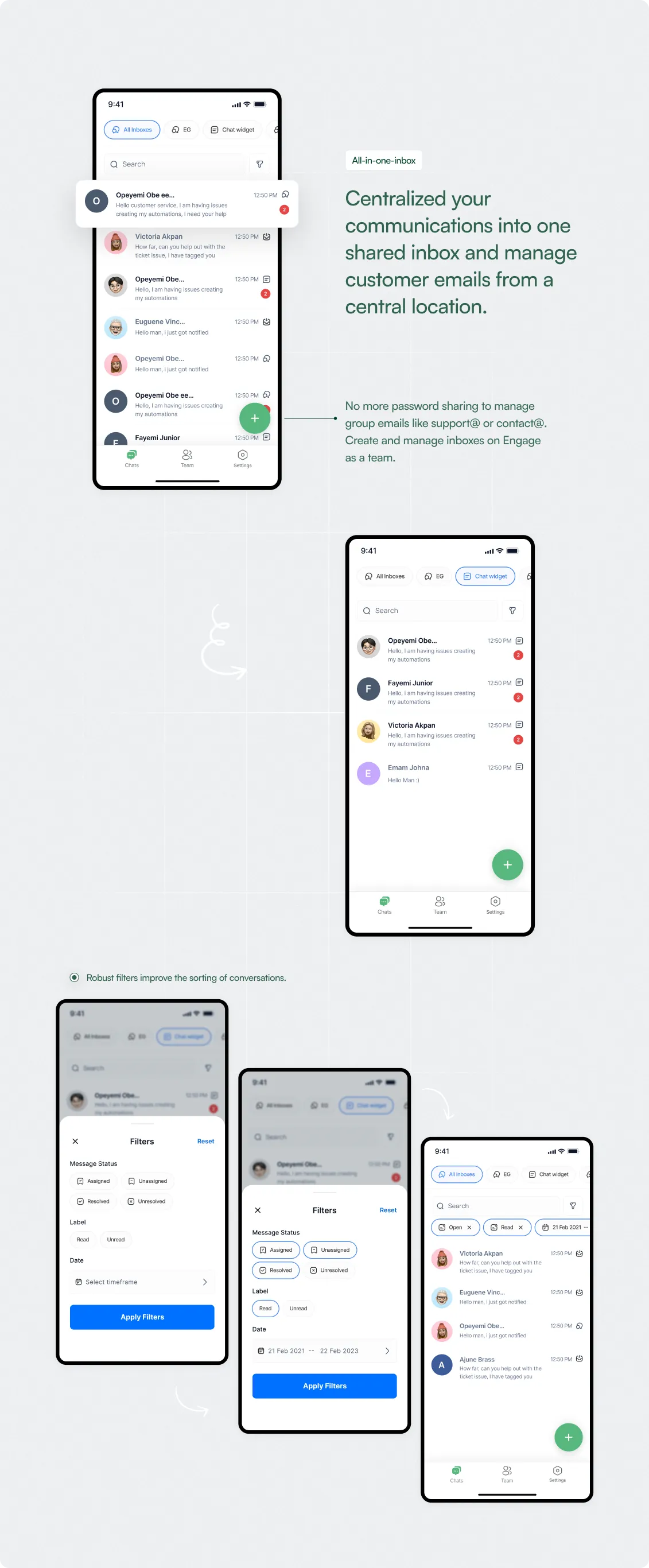

The Cognitive Load Theory (CLT) postulates that human beings possess a limited capacity for working memory and if presented with information that exceeds this capacity, information overload occurs
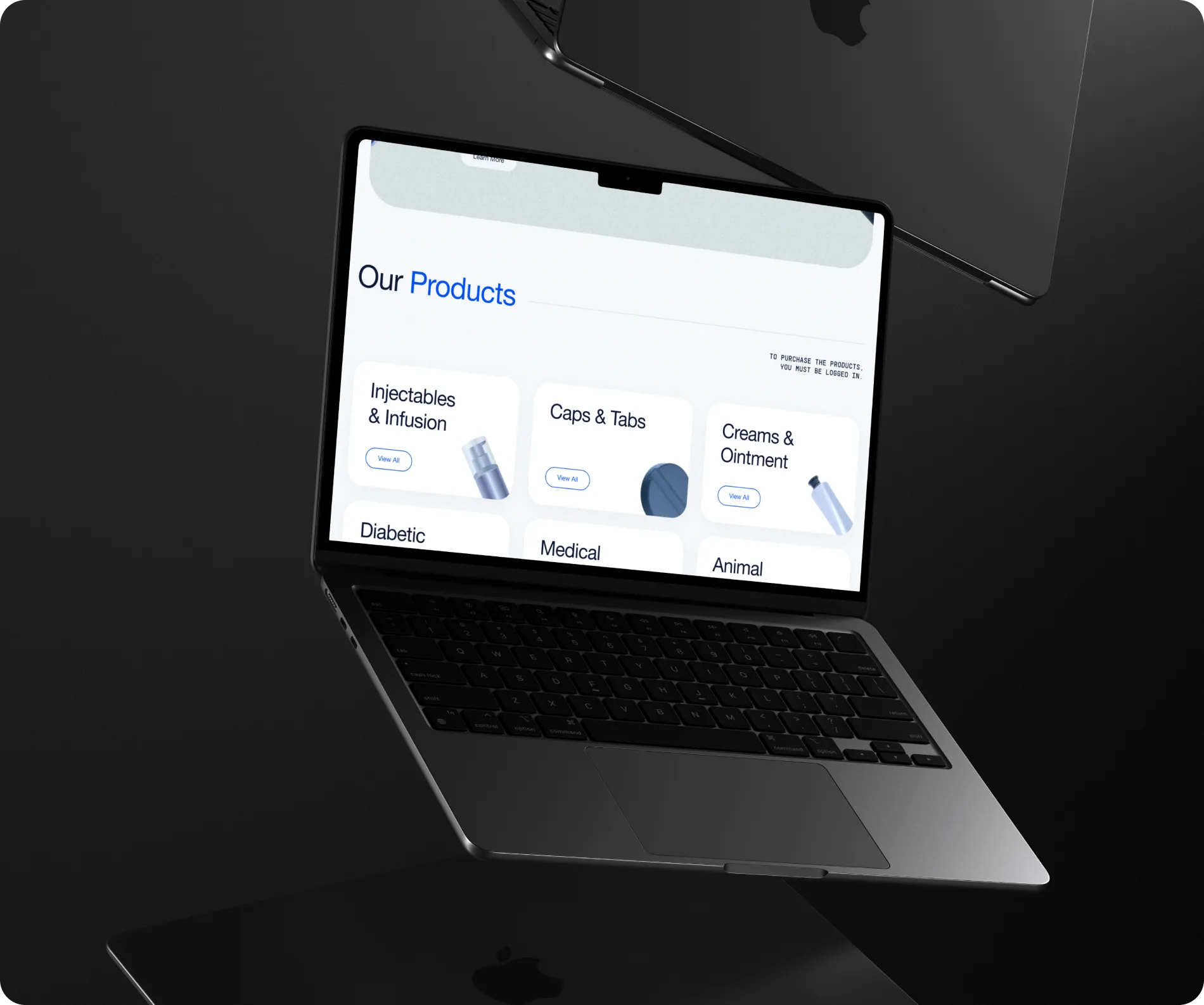
Hand-off and Collaboration
Detailed annotations were provided to elucidate design functions and UI screens. A simplified style guide and interaction examples were developed to facilitate seamless hand-off to the development team, ensuring consistency and clarity in implementation.
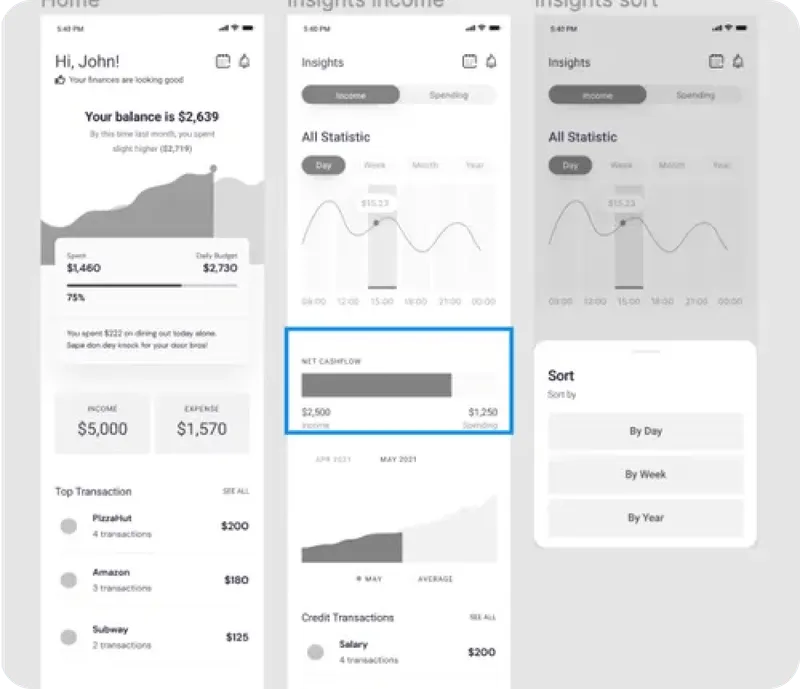

Documentation and Communication: Effective communication channels, including design sprint sessions and regular sync calls, fostered collaboration with stakeholders. Utilizing tools such as Figma, ClickUp, and Loom facilitated streamlined documentation and communication, enhancing efficiency and transparency throughout the project lifecycle.
Development Collaboration: Close collaboration with the development team ensured alignment with technical requirements and seamless integration with the webflow platform. This collaborative approach minimized technical challenges and ensured the timely delivery of the redesigned workflow.
Quality Assurance Testing: Rigorous testing protocols were employed to validate the reliability and efficiency of the salt delivery workflow. Regular sync calls provided opportunities to address any issues or roadblocks promptly, ensuring the successful implementation of the redesigned solution.
More projects
See all projects
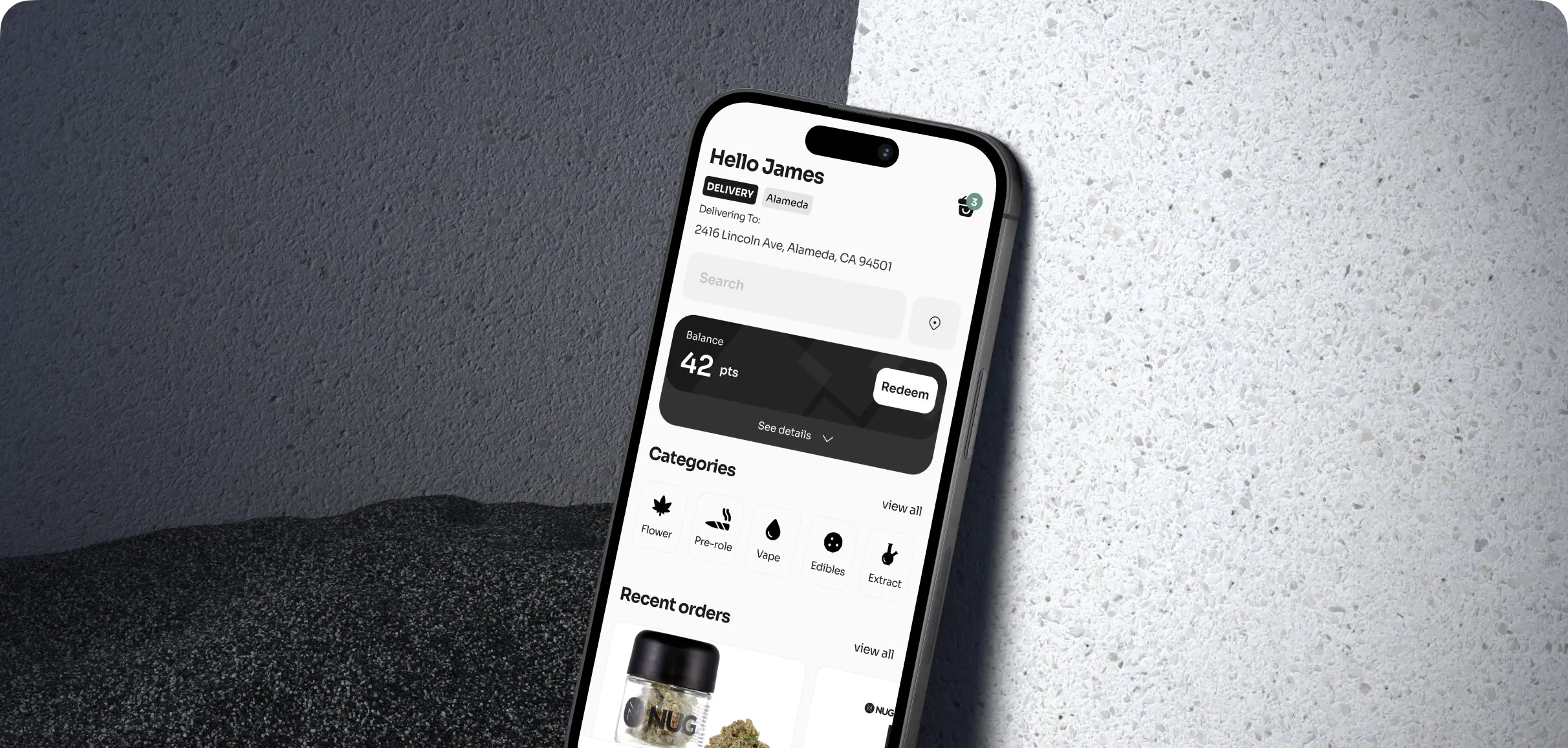

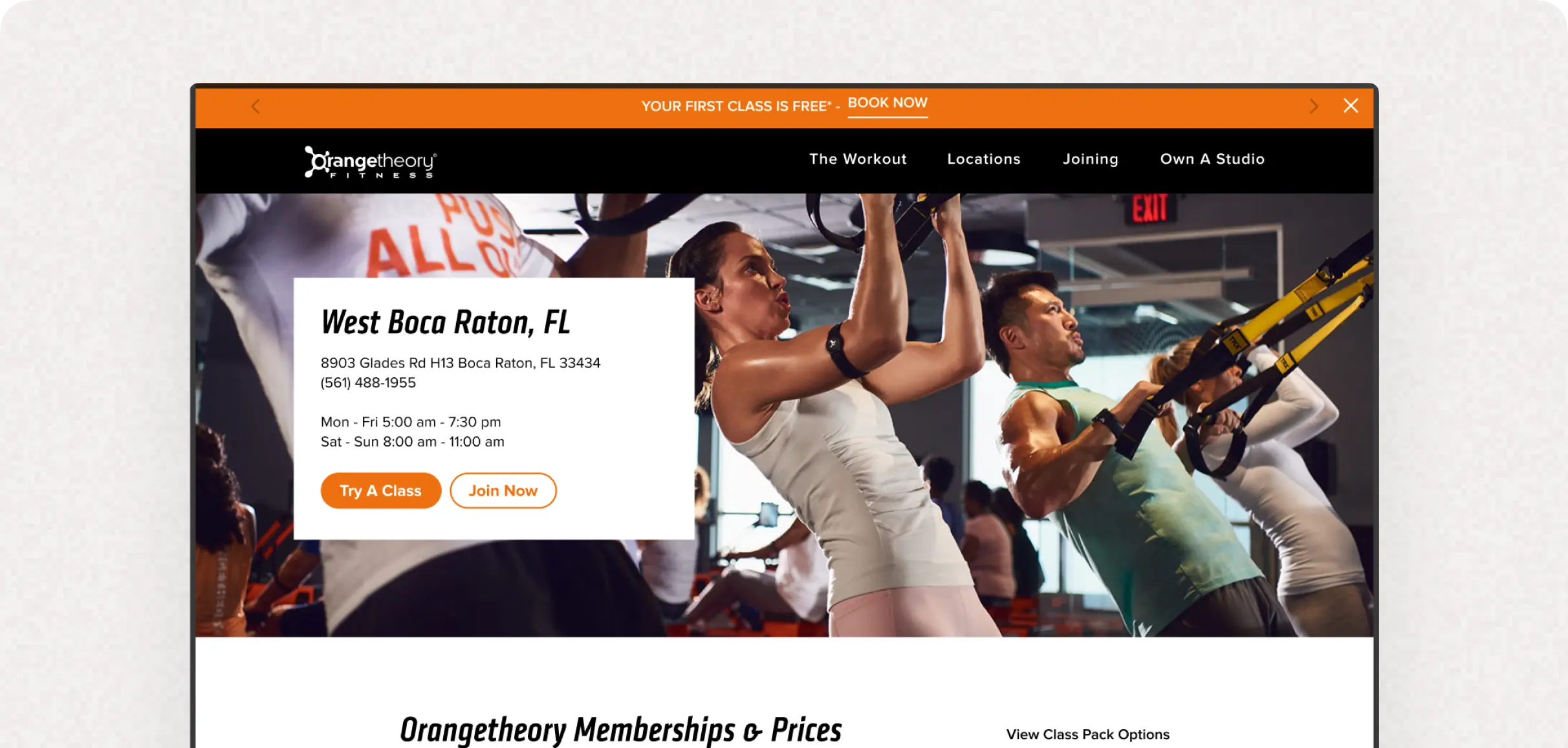
Built stuff to impact 5k+ lives




